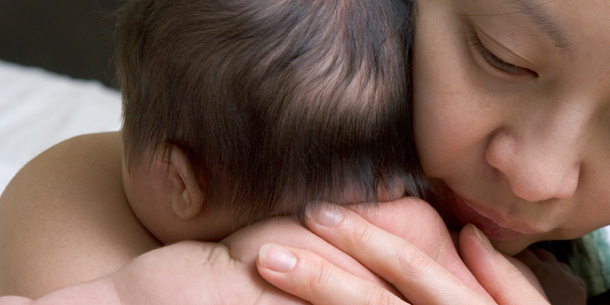Reproductive Health Declines as Chemicals Exposure Increases
 Troubling national trends show increases in reproductive health problems as the widespread use of certain chemicals has increased dramatically.
Troubling national trends show increases in reproductive health problems as the widespread use of certain chemicals has increased dramatically.
A new analysis of available data makes several recommendations for U.S. chemicals policy to address the growing health concerns and potential links to toxic chemicals.
Among the recommendations is a call for greater public disclosure of chemical safety information, increased federal research on safer chemical substitutes, and removing political influence from assessments of chemical safety.
The analysis, Reproductive Roulette, produced by the Center for American Progress (CAP), draws on numerous scientific studies that show a clear degradation over the last several decades in both male and female adult reproductive health nationwide, as well as more developmental problems among young children.
At the same time that the nation's reproductive health has deteriorated, the number and amount of potentially harmful chemicals have exploded, as has Americans' exposure to such chemicals. The report cites scientific studies identifying linkages between exposure to chemicals and the reproductive disorders that are on the rise.
Despite these studies, more information is needed about the amounts of chemicals people are exposed to and how combinations of chemicals impact a person's health, especially developing fetuses and children, according to the report.
Read more: Reproductive Health Declines as Chemical Exposure Increases
TODAY'S BOOK SUGGESTION:
 What to Do When You Can't Get Pregnant: The Complete Guide to All the Technologies for Couples Facing Fertility Problems
What to Do When You Can't Get Pregnant: The Complete Guide to All the Technologies for Couples Facing Fertility Problemsby Daniel A. Potter and Jennifer S. Hanin
-- Infertility can be a couple's biggest nightmare, and for many of them, technology is the only place to turn for a chance at successfully conceiving their own child.
In What to Do When You Can't Get Pregnant, world-renowned fertility expert Dr. Daniel A. Potter and Jennifer S. Hanin—a journalist who conceived twin girls through in vitro fertilization — walk readers step-by-step through the intricate process of having a baby using the latest technologies, sharing insider information on all possible procedures, how to choose the right doctor, what questions to ask, and how to live a healthy
fertilelifestyle to increase the chances of success.
For the first time, readers will have access to detailed information on the very latest scientific advances in the field, including pre-screening for genetic diseases, gender-choosing, and pre-selecting desirable traits for children.
Click to order/for more info: What to Do When You Can't Get Pregnant
Don't have a Kindle? Get your Kindle here, or download a FREE Kindle Reading App.
Category: chromosomal disorder, infertility










0 comments